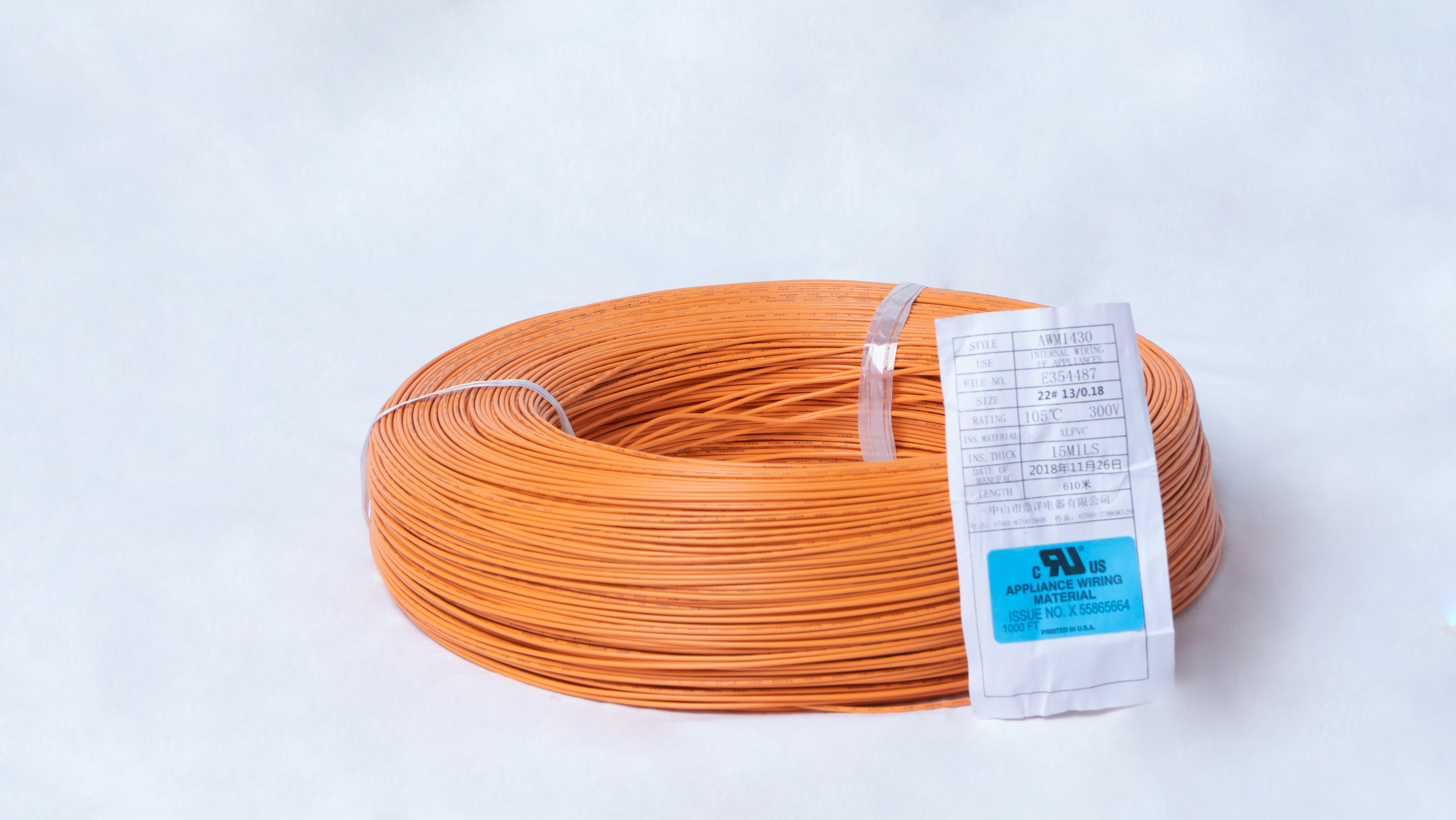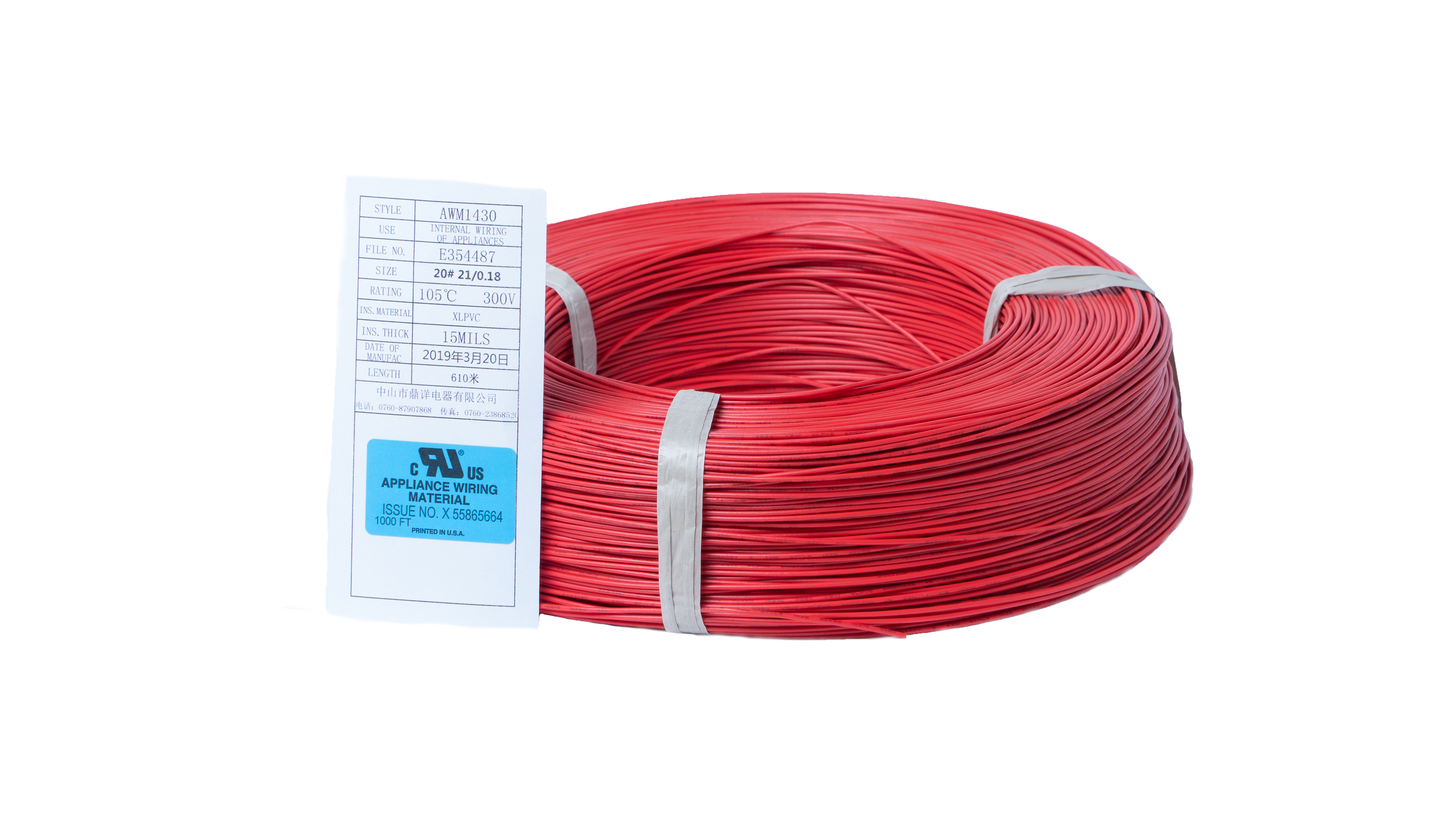Teflon wire, renowned for its outstanding electrical insulation properties and resistance to extreme temperatures, is a common choice in various industries. However, there are situations where increased hardness or rigidity is required for specific applications. In this article, we will explore methods and considerations for making Teflon wire harder, while still preserving its valuable characteristics.
Understanding Teflon Wire
Before delving into methods to enhance the hardness of Teflon wire, it's essential to grasp its fundamental properties. Teflon wire typically employs fluoropolymer insulations like PTFE (Polytetrafluoroethylene) or FEP (Fluorinated Ethylene Propylene), known for their flexibility and high-temperature resistance. When aiming to make Teflon wire harder, one must carefully assess potential trade-offs with these inherent qualities.
Method 1: Fillers and Reinforcements
Introduction to Fillers and Reinforcements
Fillers and reinforcements are materials added during the manufacturing process to augment the hardness of Teflon wire while preserving its core attributes. These additives can include ceramics, glass fibers, and various polymers.
Benefits and Considerations
1.Enhanced Rigidity: Fillers and reinforcements effectively boost the hardness and stiffness of Teflon wire, making it suitable for specific applications.
2.Thermal Conductivity: Depending on the chosen filler, thermal conductivity can be improved, aiding in heat dissipation.
3.Electrical Properties: The addition of fillers may affect the electrical properties, so careful selection is necessary to maintain electrical insulation integrity.
4.Abrasion Resistance: Teflon wire with fillers can offer improved resistance to abrasion and wear.

Method 2: Heat Treatment
Introduction to Heat Treatment
Heat treatment involves subjecting the Teflon wire to controlled heating and cooling cycles to modify its molecular structure and enhance its hardness. This process can be tailored to achieve the desired level of hardness.
Benefits and Considerations
Customization: Heat treatment allows for precise control over the hardness level, ensuring it meets the specific requirements of the application.
Minimal Additives: Unlike fillers, heat treatment does not introduce additional materials, reducing the risk of altering electrical properties.
Thermal Stability: Teflon wires treated with controlled heating can exhibit improved thermal stability, ideal for high-temperature applications.
Complex Process: Heat treatment is a precise process that demands expertise and specialized equipment, making it more suitable for industrial settings.
Method 3: Blending with Harder Materials
Introduction to Blending
Blending involves mixing Teflon with other materials known for their hardness, such as thermoplastic resins or polymers, to create a composite material that retains some of Teflon's unique properties while gaining added rigidity.
Benefits and Considerations
Tailored Properties: Blending offers the flexibility to customize hardness levels and other material properties to meet specific application requirements.
Versatility: Teflon blended with harder materials can be used in a wide range of industries, including automotive and aerospace.
Compatibility: Compatibility issues between Teflon and the blended materials must be carefully considered to prevent degradation or reduced performance.

Method 4: Cross-Linking
Introduction to Cross-Linking
Cross-linking is a chemical process that alters the molecular structure of Teflon wire by creating covalent bonds between polymer chains. This process can increase hardness and improve overall material properties.
Benefits and Considerations
Enhanced Hardness: Cross-linking can significantly improve hardness, making Teflon wire suitable for more rigid applications.
Thermal and Chemical Resistance: Cross-linked Teflon exhibits improved resistance to heat, chemicals, and solvents.
Advanced Equipment Required: Cross-linking often demands specialized equipment and precise control over the chemical reaction, making it more suitable for industrial applications.
Conclusion
Enhancing the hardness of Teflon wire is attainable through various methods, each with its own set of advantages and considerations. The choice of method should align with the specific requirements of the application, balancing the desired hardness with other critical properties like electrical insulation, thermal resistance, and chemical stability. As technology and materials science continue to advance, Teflon wire can be customized to meet a growing array of industrial needs, ensuring its continued relevance in the realm of electrical and electronic applications.


